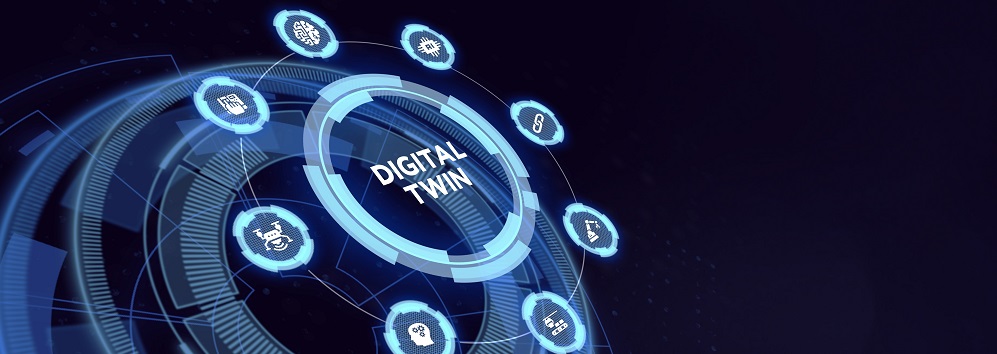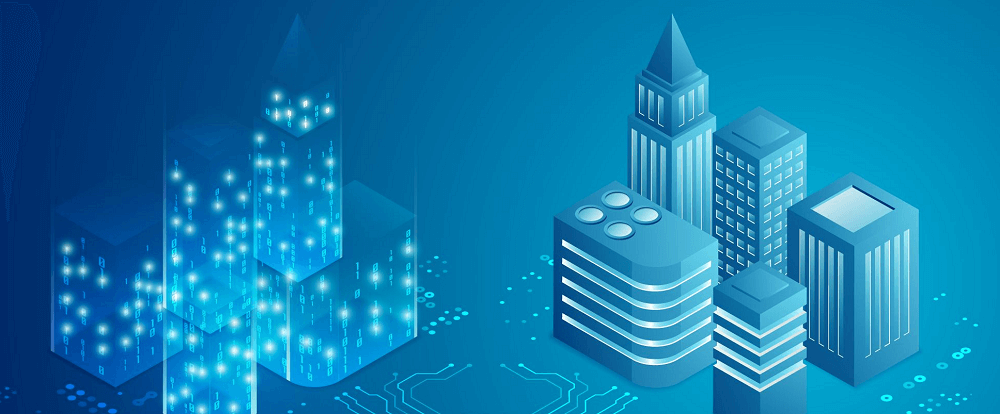Digital Twin: Seeing the Future

Predicting what’s coming next and understanding how best to respond is the kind of challenge organisations struggle with all the time. As the world becomes less predictable and ever-changing technology transforms operations, historical data becomes harder to extrapolate. And even if you can make reasonable assumptions about future changes, how they will impact on the various aspects of your business is even more problematic.
Decision makers need another tool in their arsenal to help them build effective strategies that can guide big changes and investments. They need to combine an understanding of their setup with realistic projections of how external and internal changes could have an impact. A Digital Twin built with predictive models can combine these needs, giving highly relevant and reliable data that can guide your future course.
The Defence Fuels Prototype
Using Mood Software and in collaboration with the MOD’s Defence Fuels Transformation, CACI built a digital twin focused on fuel movement within an air station. With it we aimed to understand the present, but also crucially, to predict the near future and test further reaching changes.
We used two kinds of predictive model that can learn from actual behaviour. For immediate projections, we implemented machine learning models that used a small sample of historical data concerning requirements for refuelling vehicles given a certain demand, allowing an ‘early warning system’ to be created.
However, we knew that the real value came in understanding what’s further ahead, where there is a higher risk of the wrong decision seriously impacting the success of operations. We adapted and integrated an existing Defence Fuels Enterprise simulation model, Fuel Supply Analysis Model (FSAM), to allow the testing of how a unit would operate given changes to the configuration of refuelling vehicles.
Functions were coded in a regular programming language to mimic the structural model and to mimic the kinds of behaviour that is evidenced through the data pipeline. As a result, we are able to make changes to these functions to easily understand what the corresponding changes would be in the real world.
This allows decision makers to test alternative solutions with the simulation models calibrated against existing data. Models informed by practical realities enables testing with greater speed and confidence so you have some likely outcomes before committing to any change.

What does this mean for me?
Digital Twins are extremely flexible pieces of technology that can be built to suit all kinds of organisations. They are currently in use in factories, defence, retail and healthcare. Adaptable to real world assets and online systems, it’s hard to think of any area they couldn’t be applied to.
Pairing a digital representation of your operations, processes and systems with predictive and simulation models allows substantial de-risking of decision making. You can predict what will happen if your resourcing situation changes, and plan accordingly; you can also understand the impact of sweeping structural changes. The resulting data has been proven against real-world decisions, making it truly reliable.
Time magazine has predicted that Digital Twins will ‘shape the future’ of multiple industries going forward and I think it’s hard to argue with that.
If you’re looking for more on what Digital Twin might be able to do for you, read ‘Defence Fuels – Digital Twin’. In this white paper we show how we’re using Digital Twin to make improvements worth millions of pounds.
For more on Mood Software and how it can be your organisation’s digital operating model, visit the product page.